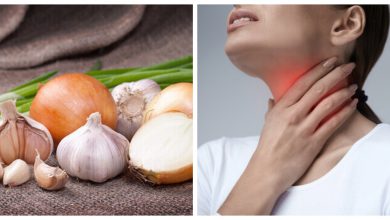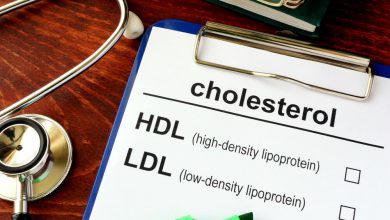Skin Spots What Causes Their Appearance?
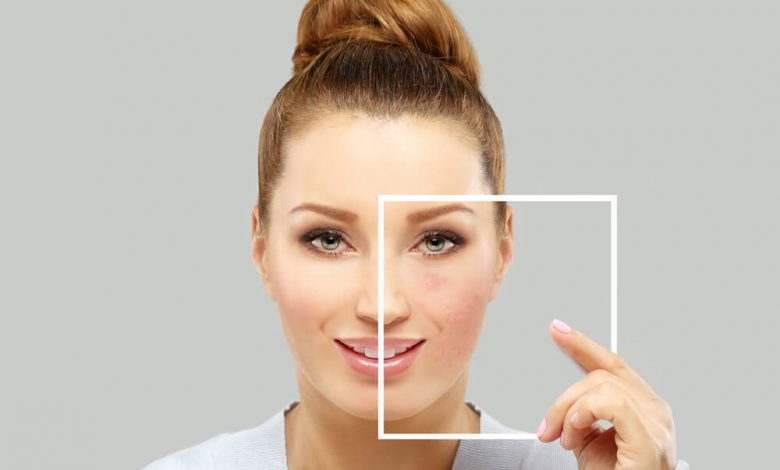
To understand what they are and the origin of skin blemishes, let’s first see what skin is.
The skin is the largest organ in the body and covers it completely. It fulfills many functions, some of them are:
- Protects from infection
- Regulates body temperature
- Stores water
- Stores fat
- Protect from heat
- It is a sensory organ
- Protect from light
Throughout the entire body the characteristics of the skin vary in color, thickness and texture.
What gives skin its color?
Skin color is a physical and genetic trait. Several factors intervene in its coloring:
- Melanin, the most important. It is dark in color and its presence is what fundamentally determines the color.
- Hemoglobin, a component of blood. Gives red color.
- Carotenes, give orange pigmentation.
- Exposure to ultraviolet rays or radiation.
- Intake of some medications
- The skin is prone to spots of different types and shapes and in different places. Most stains are harmless and resolve on their own, but it’s good to know where they come from.
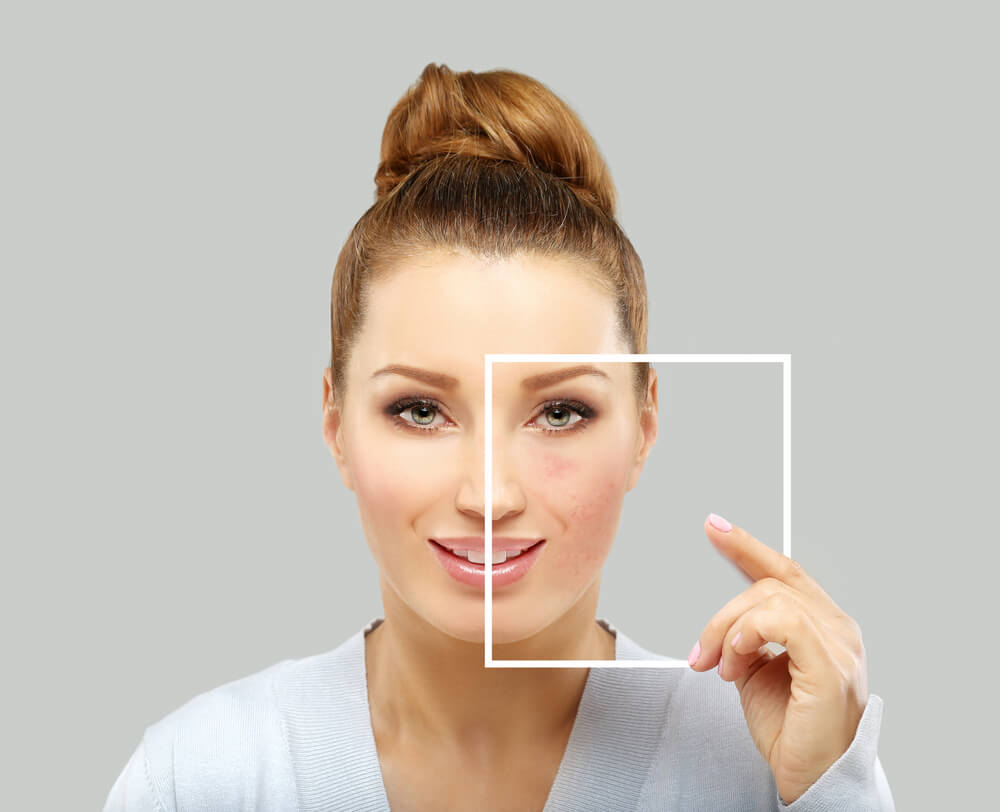
Melanin is responsible for giving pigmentation to the skin. This is produced by melanocytes, cells found in the epidermis, the upper layer of the skin.
Melanin is distributed among the other cells and thus gives a uniform tone to it. The distribution of melanocytes can cause two types of spots:
- Benign clumps or nests: freckles, age spots, moles.
- Losing pigmentation by forming white spots is called hypopigmentation.
Most common types of skin blemishes
Here is a list of the most common skin spots:
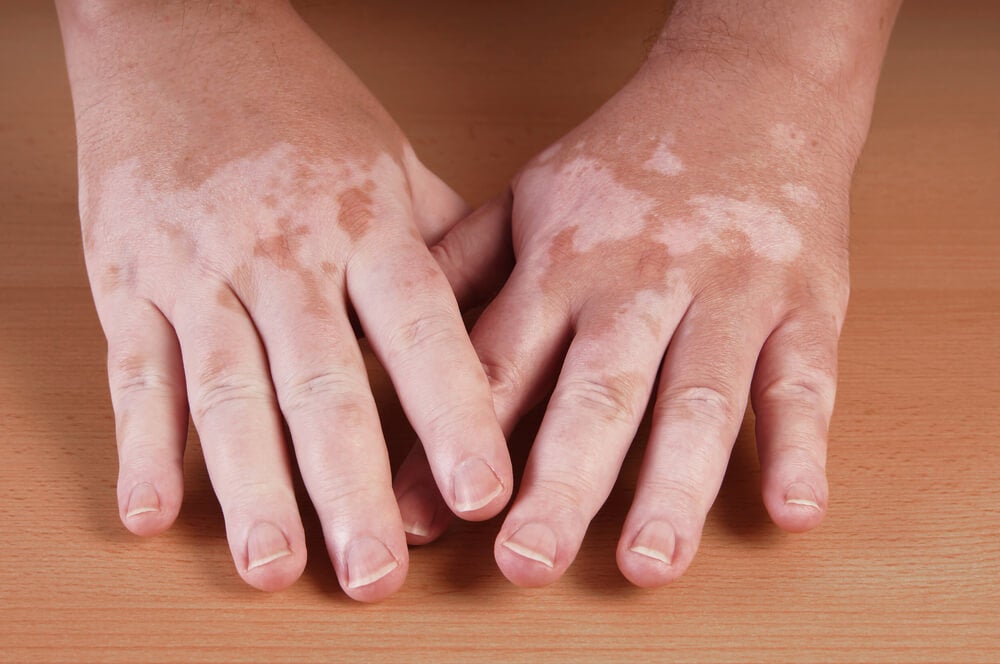
White spots or hypopigmentation
They can have different origins :
- Injuries that deplete melanin, such as injuries, burns, or blisters.
- Congenital: such as vitiligo or albinism. Vitiligo can appear as a pale spot on the skin that then spreads to the entire body. Its aesthetic appearance can cause psychological problems for those who suffer from it.
- As a result of an inflammation or infection in the skin that ended up damaging the melanin. For example seborrheic dermatitis.
- By age. They appear between brown spots from the age of 40. Its cause is unknown, but it is believed to be from exposure to the sun over the years.
Red spots
- Birthmarks They are vascular birthmarks, they are abnormal blood vessels in the skin.
- Acne. They mainly come out in the form of pimples on the face. It is seen mostly in adolescents.
- Papules or angiomas. They are blood vessels that clump together and form bumps. They can form on the surface as well as deep within the skin.
- Allergic reaction. They are rashes that can be caused by different allergens, such as foods, cosmetics, medications, etc.
- Petechiae. They are formed by the rupture of small blood vessels under the skin and are seen as several red dots.
- Heat rash In hot places, sweat gets trapped in the pores and red bumps appear.
- Diseases. There are more serious disorders that form red spots on the skin, such as v aricella, lupus, bruises or syphilis, among others.
Dark spots
They are darker and are made up of a greater amount of melanin. In general, they are not harmful to health, they only affect aesthetically depending on the place and the extent of them.
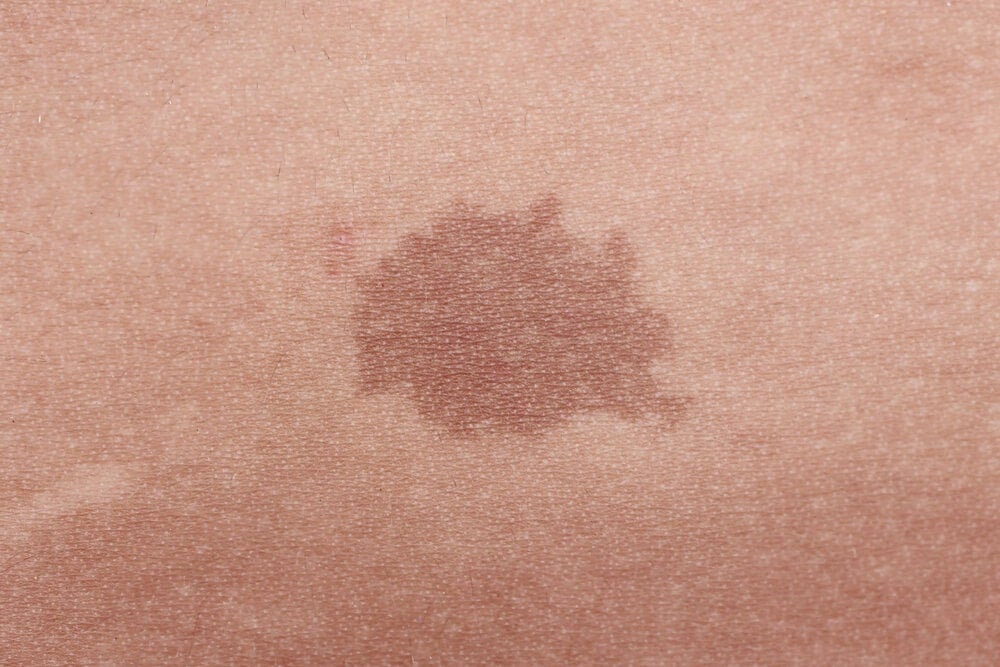
Some appear from birth while others appear over the years.
Main types of hyperchromatic spots
- Birthmarks. They are genetically inherited and are harmless.
- Senile spots. They appear with age in the areas most exposed to the sun such as the face, forearms and hands. They are totally harmless.
- Stains from pregnancy. They are light, coffee-with-milk spots and appear mainly on the face. If you don’t use sunscreen, more can come out. They are the product of the great hormonal changes that occur in the pregnant woman’s body.
- Spots due to menopause or from taking oral contraceptives that cause hormonal changes.
- Moles. They are small, dark-colored elevations that appear anywhere on the body. They can have different shapes and sizes. You should see a doctor if the mole changes shape, color or size.
- Freckles They appear mainly in people with very fair complexions and have a genetic component. They are generally not a health problem. They appear on the face, arms, neck, and back.




